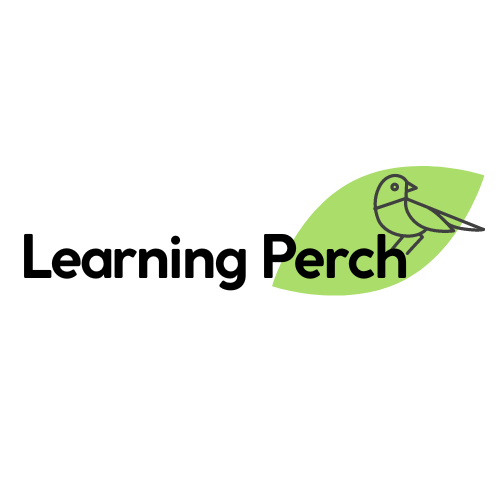What is ABA and What is ABA Therapy?
First off, we would like to welcome you to the Learning Perch blog! We hope you can find this information helpful in learning more about communication with your loved ones and more about Applied Behavior Analysis (ABA). There is a lot of information out there and we hope that this is a place where you can find what you are looking for. Our goal is to provide this information in a fun and engaging way that doesn’t feel intimidating and allows you to get more insight on your questions.
So, what is ABA? It stands for Applied Behavior Analysis and it is a scientific and evidence based approach that focuses on shaping and modifying behaviors.
Behavior is not necessarily a good thing or a bad thing. A general definition of behavior is anything that one says or does. Typing words out for this blog is a behavior. A child pushing away food she doesn’t like is a behavior.
When we look at behaviors, there are ones we want to see more of and ones we don’t want to see. In an example of someone playing tuba in the morning, most people would see this as a behavior to decrease. Instead of playing the tuba at the crack of dawn, a behavior that someone would prefer to see is a person turning on the radio instead.
Shaping behavior can happen purposely, accidentally, or sometimes both. Typically a behavior changes based on the consequence that follows it. This consequence shapes the behavior by either increasing or decreasing how often the behavior occurs in the future.
Earlier in my career, I provided in-home ABA Therapy to a wonderful boy who adored elephants. He liked the shape, color, and sounds of elephants and would laugh anytime he heard their sound. At the time, he was not able to communicate with words or sounds to request elephant sounds. From a behavioral point of view, the behavior he used to communicate his wants and needs were pulling on people’s hands or arms to get things.
Our focus was to increase his behavior of verbal communication which was making the ‘ah’ sound. Now, as we learned earlier, consequences shape behavior so we had to do something that would motivate him to make the ‘ah’ sound and give us a reaction that he would want to do again. This is how we used ABA to contrive a learning opportunity for shaping behaviors.
As a result, I made an elephant sound with my lips that resulted in our young student laughing. We did this a few times and then we would do this sound whenever he did the behavior of making the ‘ah’ sound. As a result, we started to see the behavior increase and he began to make vocal communication later on with his journey with ABA therapy sessions. A smile still comes to my face every time I think about it!
An accidental situation that one may learn is to not touch a hot pan. When you reach out your hand to a hot pan (Behavior!), it burns the instant you touch it. As a consequence, you are not likely to do this again if you did not like this feeling. This was a natural learning opportunity for behavior.
Back to our definition of ABA and our elephant example, the environment in this case is the surrounding objects and people such as my elephant sound. The environment can include toys, rooms, other people, and more. During in-home sessions, we can focus heavily on the environment that kiddos are most used to, their homes. Most of us are shaping our behaviors based on the environment we are in and what we have learned previously in those environments.
Now that we understand behavior and environment, let’s recap: ABA is an evidence-based method of therapy that uses behavior principles to help people change their behaviors in meaningful ways.
When we work with our students and families at Learning Perch, we see behaviors in our students that have been developed for years as ways of communication and play. Our goal is to work with parents, caregivers, and students to determine what behaviors we want to increase and what behaviors we want to decrease using our understanding and strategies of ABA. For our learners, this looks like we are having fun by playing the games they want to play, making elephant noises, and getting opportunities for smiles and laughter throughout the session. For our families, it means giving them the tools to shape communication in a way that is successful for their lives.
Noticing behaviors in your child and even yourself is an important step to understanding how they can be shaped.
We hope this article provides you with an approachable understanding of behavior. If you are looking for more information, our Learning Perch team based out of Austin, Texas is here to help you. Our dream is to help families everywhere through compassionate and quality care, without compromise.
Disclaimer: The information provided on this blog is for educational purposes only and should not be considered as a substitute for professional advice from a Board Certified Behavior Analyst (BCBA). Always consult with your personal BCBA regarding specific behavioral interventions and treatment plans. The author(s) of this blog are not responsible for any actions taken based on the information presented here.





